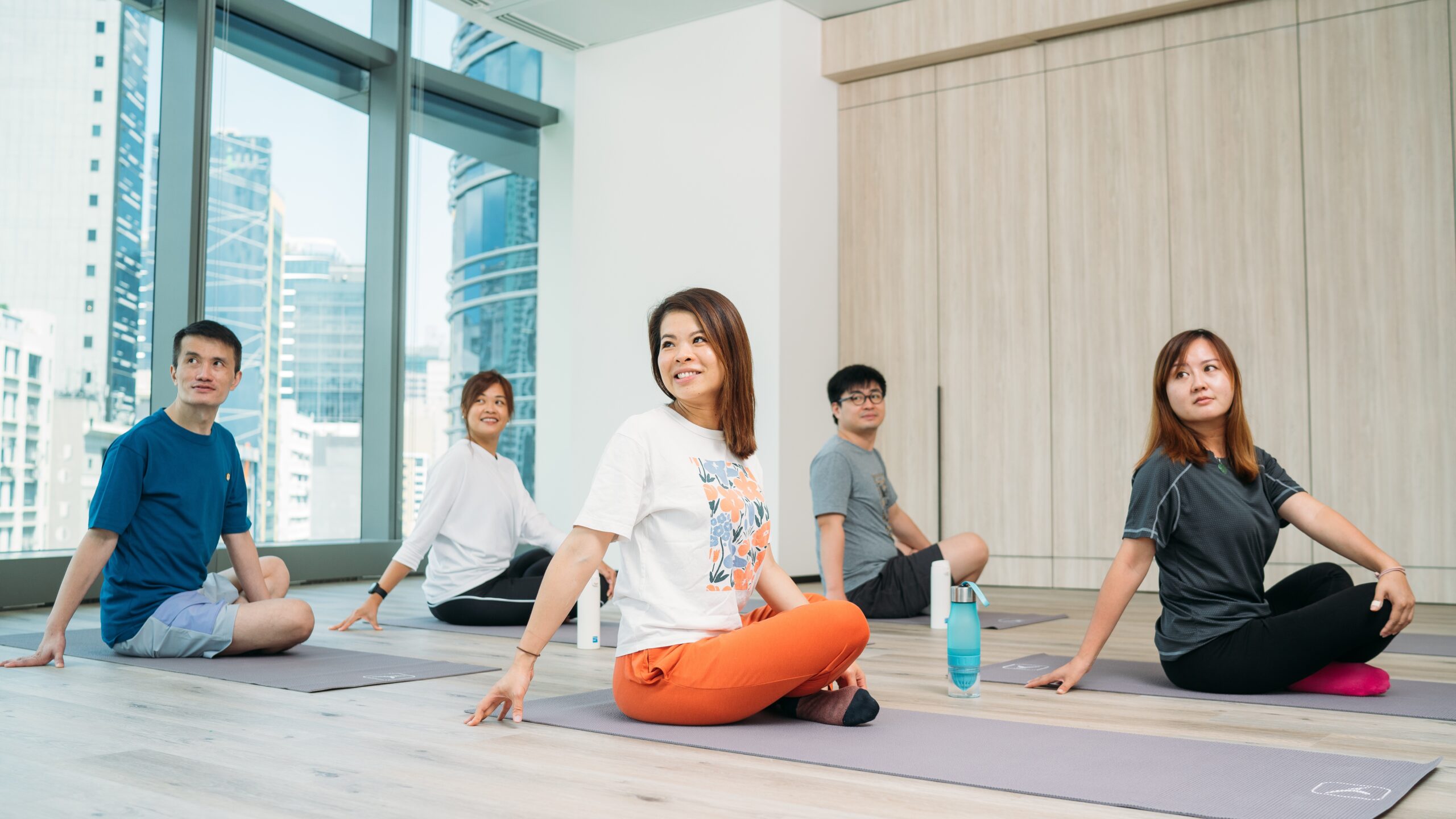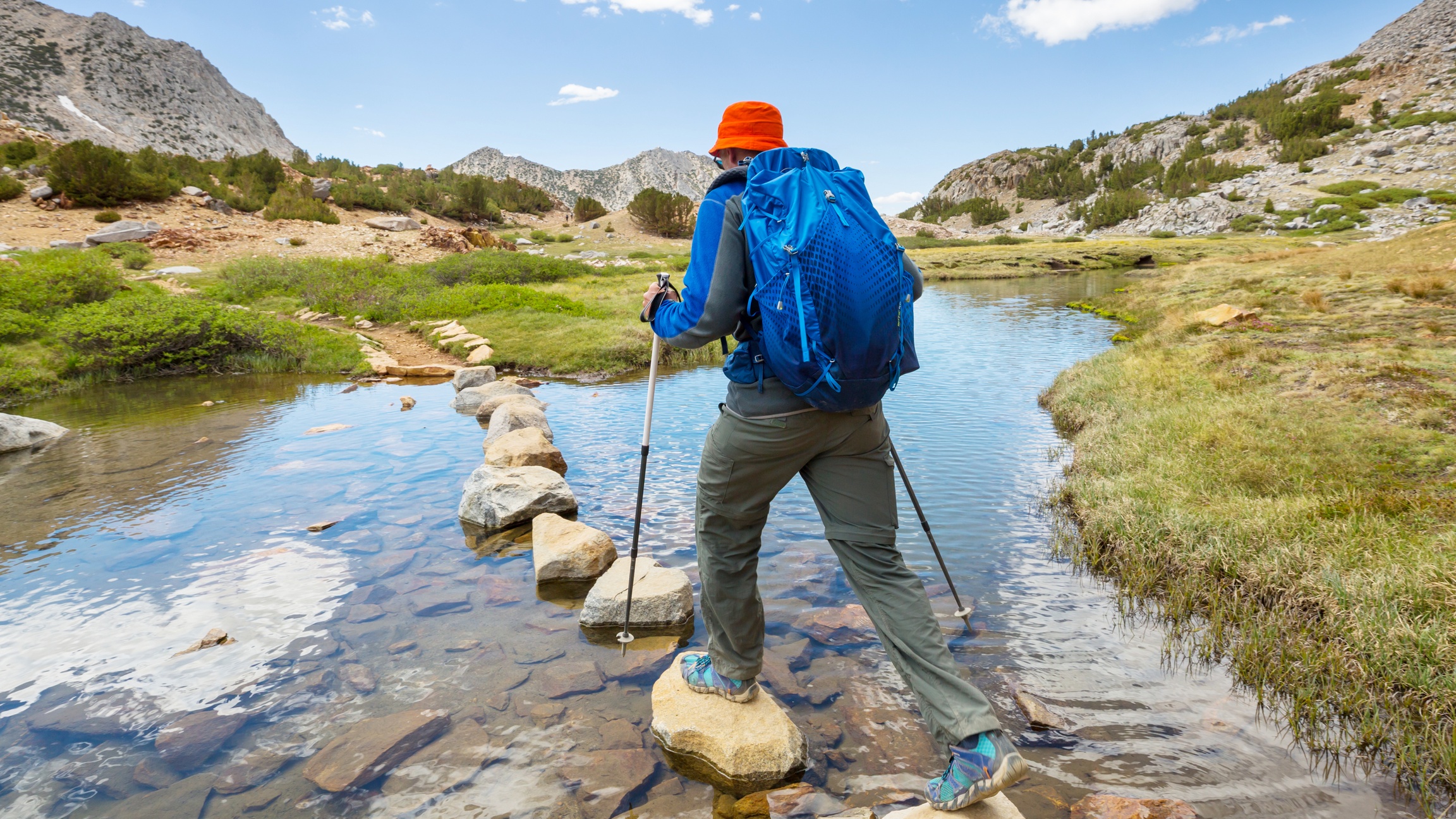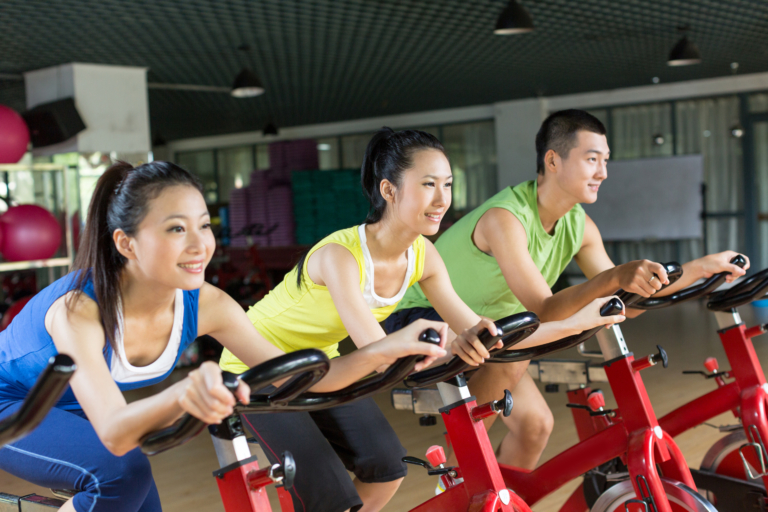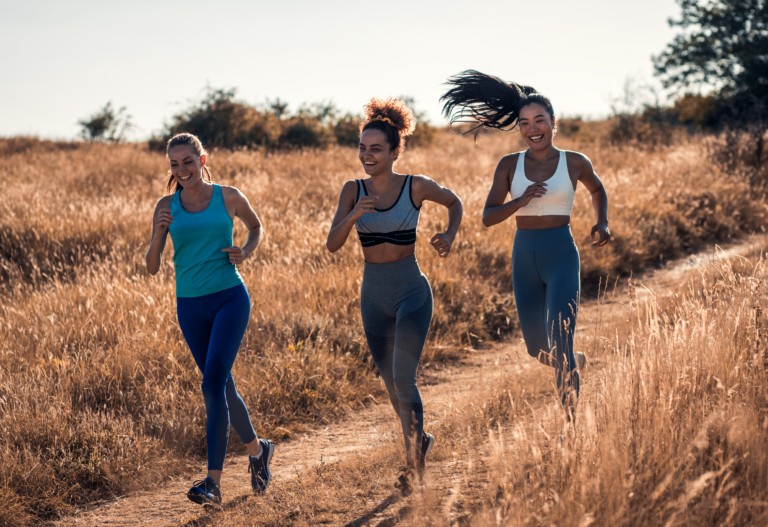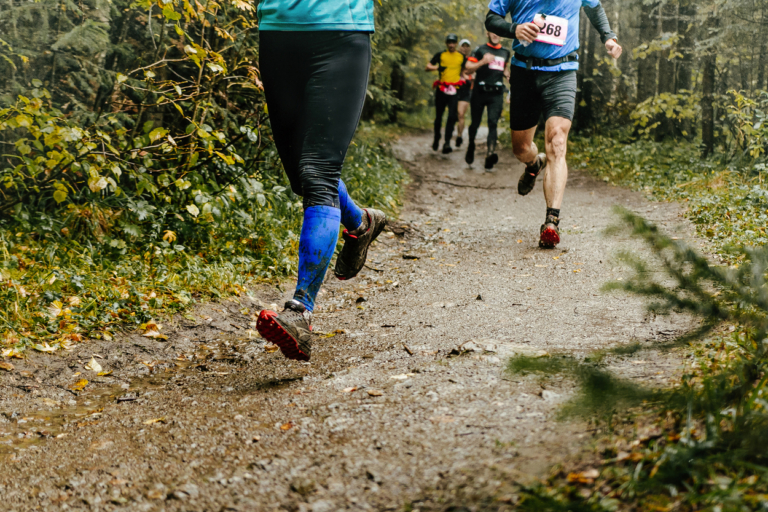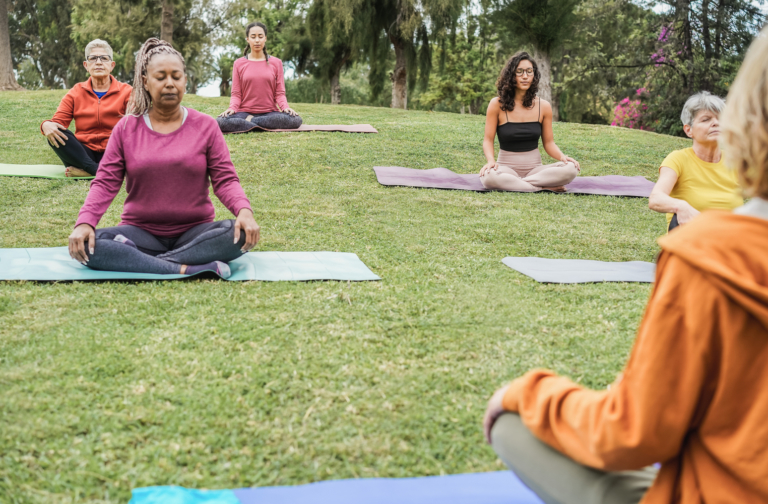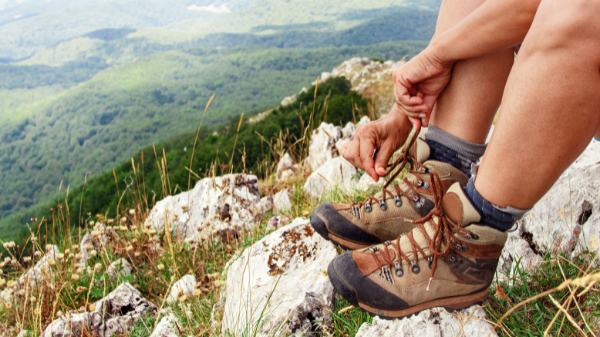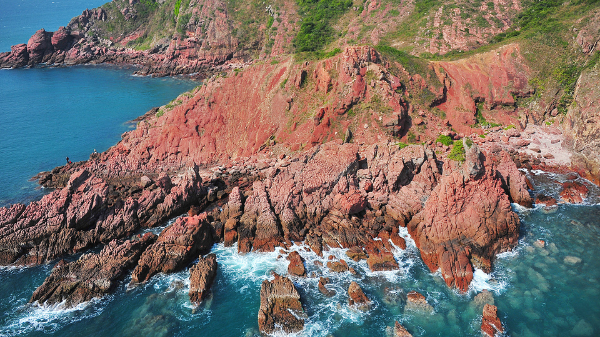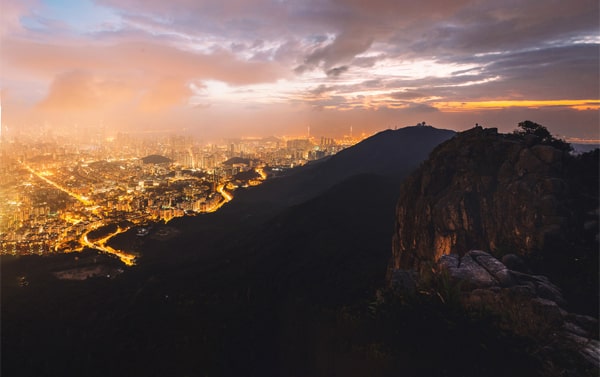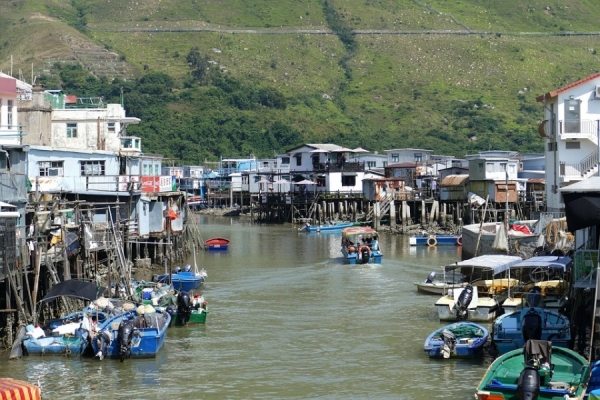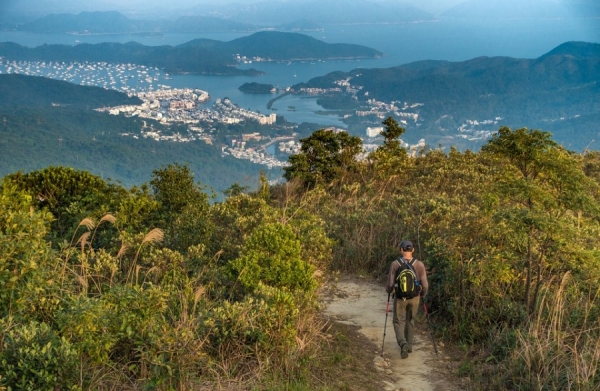Spending long working days almost constantly deskbound is known to be bad for health. Combine that with little or no exercise outside the office and the deleterious effects on our health are worsened.
According to a study published in The Lancet, insufficient physical activity is a leading risk factor for non-communicable diseases and has a negative effect on mental health and quality of life. Sitting down too much can trigger weight gain and back pain, create blood clots, induce heart attacks and have been linked to cancer. Another study conducted by BMC Public Health suggests an unwanted association between sitting time and anxiety.
Why people do not exercise

Physiotherapist Terence Tsang believes it can be difficult for individuals with sedentary lifestyles to break the habit of sitting for long periods and incorporate more physical activity into their daily routines. He also says many people lead busy lives and have demanding work schedules or family responsibilities, which can make it difficult to find time for exercise.
Some may simply lack motivation to exercise, especially if they do not enjoy physical activity or see immediate results. “Other people may have pre-existing health conditions that make exercise challenging or uncomfortable,” he says.
He lists a whole range of potential health and physical effects of a sedentary lifestyle – from heart disease, stroke and type 2 diabetes to weak heart muscles and poor circulation.
Inactivity can also result in muscle weakness and loss, poor bone density and an increasing risk of falls and injuries. Inactivity can spur weight gain and obesity too, as well as mental health issues.
Minimum requirement

According to the World Health Organization, adults should aim to engage in at least 150 minutes of moderate-intensity aerobic physical activity or 75 minutes of vigorous aerobic exercise per week, or a combination of both. A British doctor recently told the BBC that the barest minimum someone should aim for is 5,000 to 6,000 steps a day. He also believes there are improvements to our health if the pace of the steps increases.
A study published in journals of the American Medical Association backs up this advice. It involved 78,500 individuals and found that completing up to 10,000 steps per day may be associated with a lower risk of mortality, and cancer and cardiovascular disease (CVD) incidence. Furthermore, steps performed at a higher cadence may prompt additional risk reduction.
Short-burst benefits
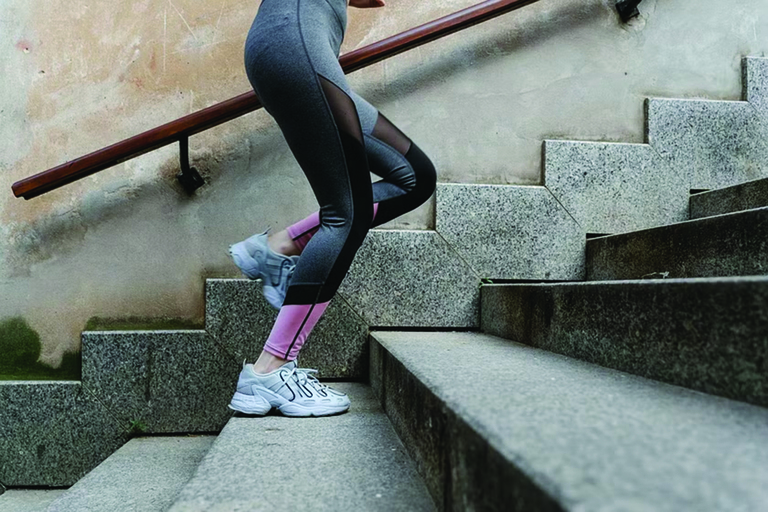
Research presented in Nature Medicine also highlighted the benefits of sudden bursts of activity like running to catch a train or doing household chores vigorously. The study concluded that as few as two or three bouts of such unplanned exercise per day, even if they last just a couple of minutes, can substantially lower CVD and cancer mortality risk. Standing for an extra two hours a day is also thought to have some benefits.
“It’s important to remember that any amount of physical activity is better than none,” says Tsang. “Even small amounts of physical activity throughout the day can have a positive impact on overall health and wellbeing.”
For people who are busy, Tsang advises that there are several ways to squeeze in more steps and exercise. “Take short breaks throughout the day to stand up, stretch and walk around. Even a few minutes of physical activity can help improve circulation and boost energy levels,” he says.
“Consider walking or biking to work instead of driving or taking public transportation,” he adds, noting that getting off one MTR stop earlier than usual and walking from there to the office could be an alternative.
Another quick and easy way to get some extra steps and improve cardiovascular health would be to use the stairs whenever possible rather than taking the lift or escalator. “Using a pedometer or fitness tracker can help you track your steps and monitor your physical activity throughout the day,” he says. “This can be a helpful tool for staying motivated and achieving your fitness goals.”
Moderate vs vigorous activity
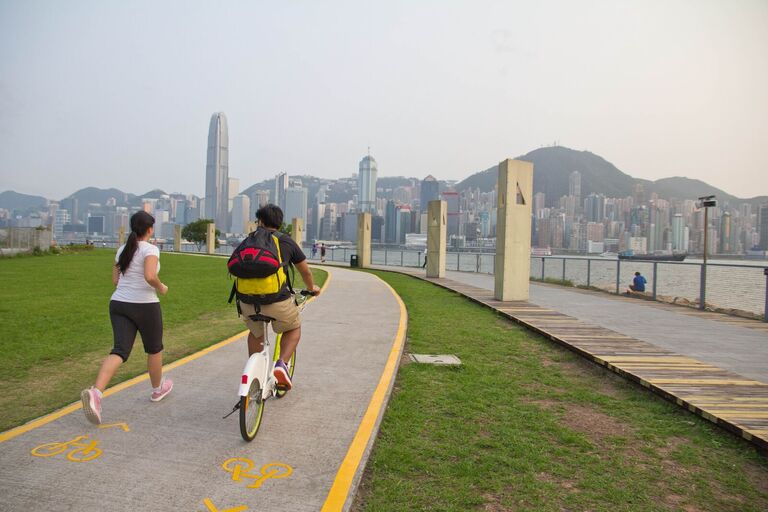
Any physical activity that raises your heart rate and makes you breathe harder can be considered health-boosting moderate-intensity exercise. Walking at a moderate pace can be an excellent way to clock up physical activity; Tsang advises aiming for a pace that ups your heart rate and makes you feel slightly out of breath.
He cites other activities: “Cycling can be a great way to get cardiovascular exercise. You can ride a bicycle outdoors or use a stationary bike indoors. Swimming is a low-impact exercise that can be great for people with joint pain. It can also provide a full-body workout. Dancing can be a fun and enjoyable way to get physical activity. It can also improve flexibility, balance and coordination.”
Tsang notes that hiking can provide both physical and mental health benefits, while yoga can improve flexibility, strength and balance, plus help reduce stress and elevate mood.
“Moderate-intensity activities such as brisk walking and cycling at a moderate pace can provide health benefits like improved cardiovascular health, muscle strength and bone density, and can reduce the risk of chronic diseases such as heart disease, stroke and diabetes,” he notes. “Vigorous activities such as high-intensity workouts, running, jumping rope can provide additional health benefits like improved fitness levels, greater calorie burn and better weight management.”
The choice between moderate and vigorous activity ultimately depends on personal preference. “It’s important to choose activities that are enjoyable and sustainable over the long term, as this is more likely to lead to a consistent physical-activity routine,” he says.
Wider health picture
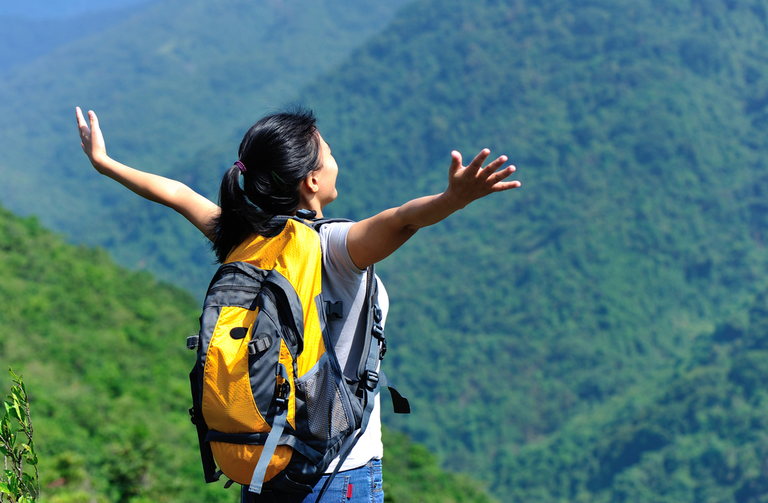
Tsang also stresses that physical activity is just one component of a healthy lifestyle and that eating a balanced diet, getting enough sleep, managing stress, and avoiding tobacco and excessive alcohol consumption are also important. He recommends consulting a healthcare professional before starting a new exercise routine.




